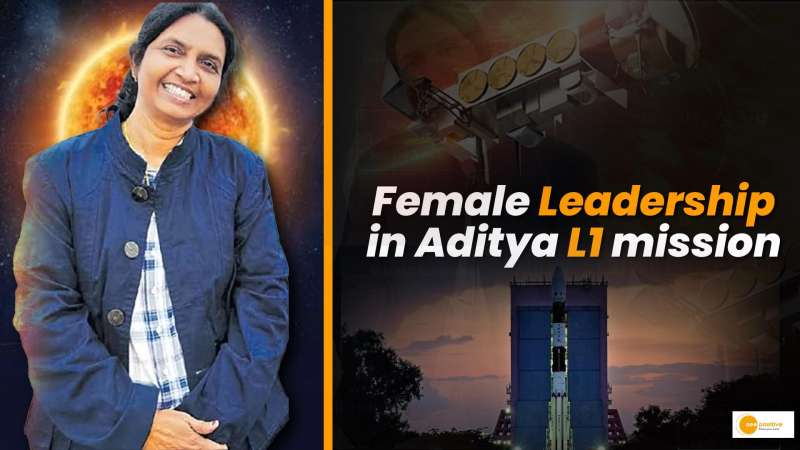After the success of Chandrayaan mission, Indian Space Research Organization (ISRO) has now sent its mission towards the Sun. Even in a very short span of time, India presented two great examples of its space science to the world. Let us tell you that the Indian woman scientist leading the Surya Mission is Nigar Shaji. 59-year-old Shaji said, it is like a dream come true. We are confident that PSLV will be successful in placing our Aditya-L-1 at the right place. After this, this mission is going to give a lot not only to India but also to the world.
Shaji belongs to a farming family
Nigar Shaji hails from Tenkasi district of Tamil Nadu and comes from a farming family. He did his engineering in Electronics and Communication from Tirunelveli Government Engineering College and then completed his Masters from Birla Institute of Technology, Ranchi. Only after that, in 1987, did she join Satish Dhawan Space Centre. She afterwards joined the UR Rao satellite team.
Shaji works as a communications and interplanetary satellite programs expert. She is the project director of Surya Mission. Apart from this, she has also been the Associate Project Director of India’s remote sensing satellite ResourceSat-2A. Along with Shaji, another woman scientist has a big contribution in this mission. Her name is Annapurni Subramaniam. She is the director of the Indian Institute of Astrophysics. This institute has designed the main payload of Aditya L-1 mission which will study the Sun.
Subramaniam is a resident of a village in Palakkad district of Kerala. His family belongs to music. Despite the fact that he received his PhD in Physics from the IIA. The design of VELC engaged in Adityan L-1 mission has been prepared under his leadership. This is a coronagraph that will continue to observe the Sun even during a solar eclipse. Through this mission it will be possible for the first time that we will be able to look inside the Sun.
Saturday, September 2, ISRO launched its ambitious solar mission Aditya L-1. It carries seven payloads. It will investigate the Sun by remaining at the Lagrangian point L-1, 1.5 million kilometers from Earth. It is the point at when everything comes to a halt. This is India’s first major study of the Sun.


